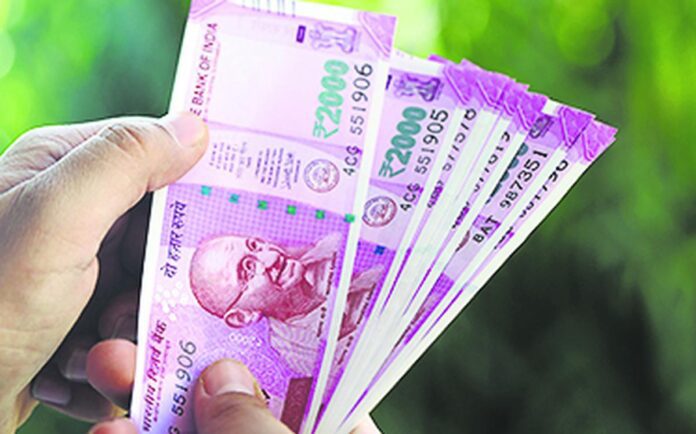Central employees have got a big gift. Expensive allowances have been announced for them. Now they will get more DA than before. It has also received a major update on the dues.
For the last two months, there was a lot of discussion about dearness allowance of central employees. However, now dearness allowance has been announced. This year the dearness allowance has been increased by 4 percent.
After the All India Consumer Price Index (AICPI) data on industrial workers came out, it was certain that dearness allowance would increase. However, now it has been announced. The index had gained 0.2 points in June. Dearness allowance will be paid next month. How was it decided how much DA would increase? The first half of the AICPI-IW (All India Consumer Price Index- Industrial Workers) data was released. The index rose 0.2 points to 129.2. The government uses the data of this index to decide the dearness allowance for the employees. The DA rose 4 per cent sharply in the index. Experts claim that the dearness allowance will be increased by 4 percent. More than one crore central employees and pensioners will be benefited.
When will the 38 percent DA money come? After increasing the dearness allowance by 4 percent, the total dearness allowance of central employees has reached 38 percent. The new dearness allowance will be paid in the salary for September 2022, which also includes two months’ arrears for July and August. The new dearness allowance will be deemed to be effective from July 1, 2022. Overall, the government will pay it during Navratri. This will put a lot of money in the pockets of the employees.
What will be the difference in salary? The minimum basic pay in the 7th Pay Commission is Rs 18,000 and at the level of Cabinet Secretary is Rs 56,900, the total increase in annual DA on the basic pay of Rs 18,000 at 38 per cent will be Rs 6,840. In the maximum basic pay bracket of Rs 56,900, the total increase in annual dearness allowance would be Rs 27,312. People in this salary bracket will get R2276 more as compared to 34%.


